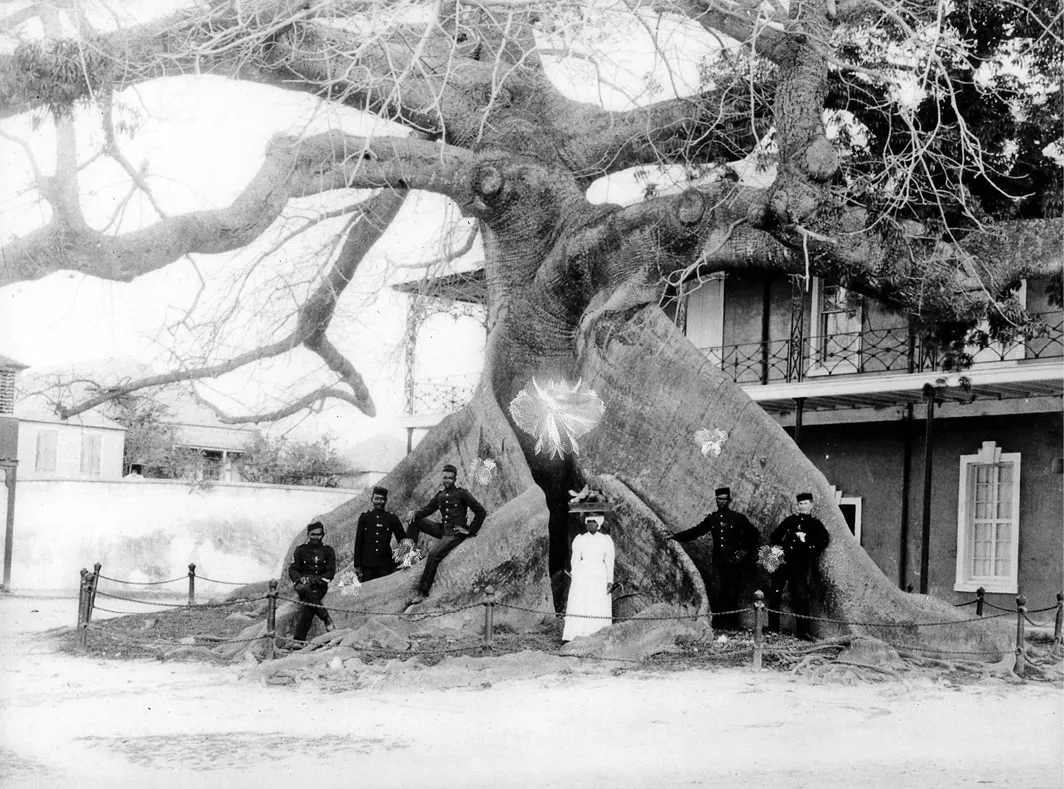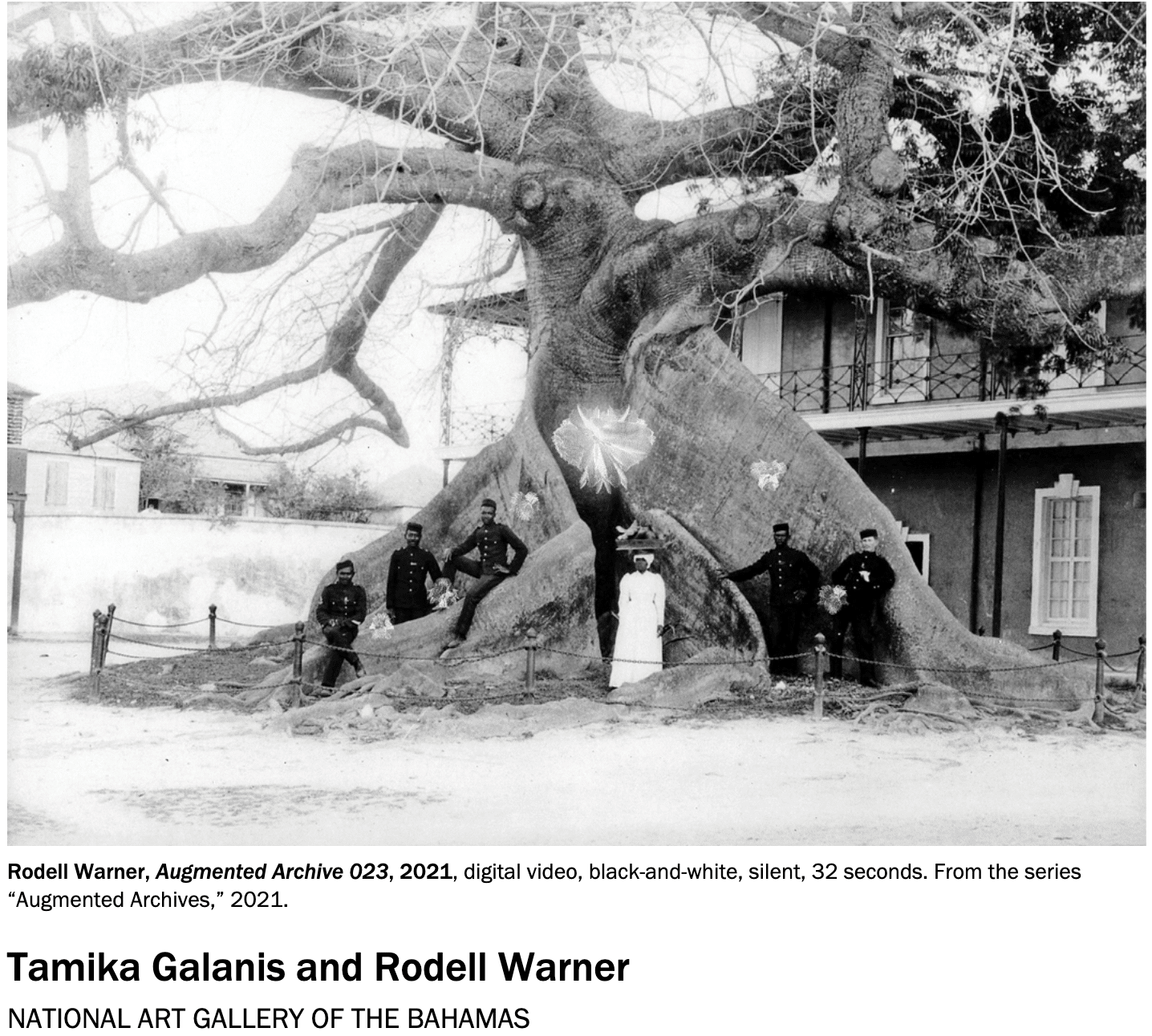


The Double Dutch series has been one of the most prolific and dynamic programs developed by the National Art Gallery of The Bahamas (NAGB) in recent years. Begun in 2015, the project aims to bring artists from around the Caribbean archipelago to produce new works in dialogue with Bahamian artists. In a region shaped by inequalities in access to arts education, a lack of museums of contemporary art, and limited infrastructure for direct travel between neighboring islands, the creation of platforms for encounter and exchange is crucial for the growth of a Caribbean cultural ecosystem. This is clear from the Double Dutch exhibitions, which challenge nationalism while stressing the ways in which Caribbean islands remain tied to their colonial history. Over the years, participants have included established and emerging artists, some based abroad and others resident in their home countries, among them James Cooper (Bermuda), Blue Curry (Bahamas), Kendra Frorup (Bahamas), Leasho Johnson (Jamaica), Joiri Minaya (Dominican Republic), and Gabriel Ramos (Puerto Rico).
For the eighth edition, curators Natalie Willis and Richardo Barrett paired Bahamian documentarian and multimedia artist Tamika Galanis with Trinidadian photographer and video artist Rodell Warner to explore inheritance, ancestry, and testimony. Both artists focused on late-nineteenth- and early-twentieth-century photographs from the collection of the NAGB. The point of departure of the exhibition was the silk-cotton tree (also known as the ceiba or kapok), one of the oldest and largest species in the tropics, capable of reaching a height of more than eighty feet. These trees, considered sacred both in the Americas and in Africa as the home of duppies, or spirits of the dead—the term is of African origin—were a recurring presence in the archival photographs the artists chose. Playing a key role in the spiritual life of the Caribbean throughout centuries, the kapok was a place for people to connect to their ancestors—enslaved West Africans brought to the region’s European colonies.
Click Here to read more of this article by Miguel A. López.